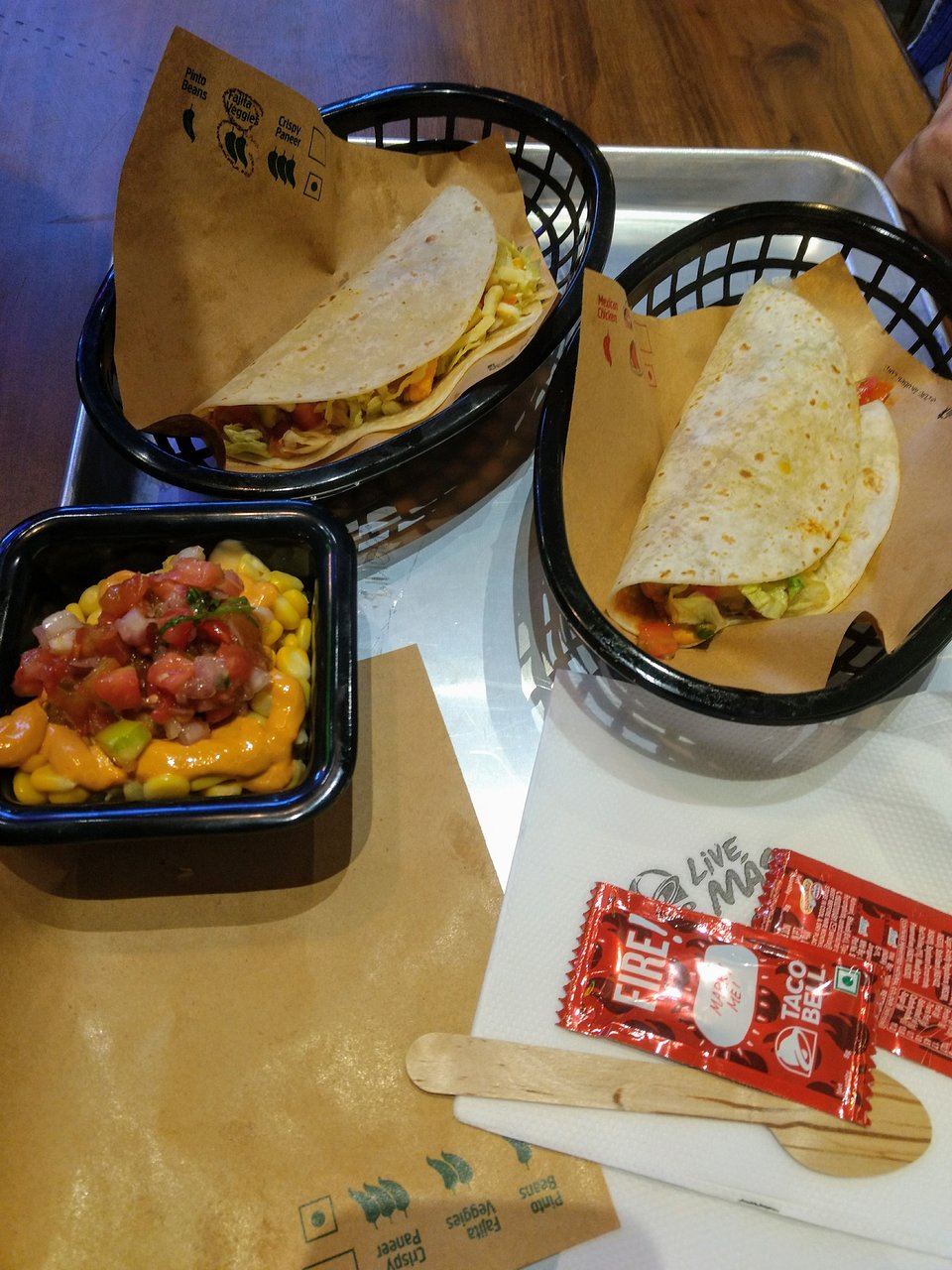In the realm of urban culture and underground economies, the term “trap house” holds a significant place. It’s a phrase that resonates with both intrigue and caution, often portrayed in various forms of media, from music to television. But what exactly is a trap house, beyond its portrayal in pop culture? Let’s delve deeper into this enigmatic concept.
Unveiling the Trap House: Definition and Origins
At its core, a trap house refers to a location, typically a house or an apartment, used for illicit activities, primarily drug dealing. The term “trap” originates from the idea of trapping or hustling, wherein individuals engage in illegal activities to make money quickly, often in economically disadvantaged neighborhoods.
The origins of the trap house can be traced back to the crack epidemic of the 1980s and 1990s in the United States, particularly in urban areas. As drug trafficking proliferated, abandoned or vacant houses became hubs for drug operations. These spaces provided a degree of anonymity and security for those involved in the trade.
Structure and Functionality
A trap house operates as a base of operations for drug dealers and their associates. While the specifics can vary, several common features characterize these establishments:
- Secrecy and Security: Trap houses are typically discreet locations, with minimal signage or outward indications of their true purpose. Security measures such as surveillance cameras, fortified doors, and lookout positions may be employed to deter rival gangs or law enforcement.
- Distribution Hub: These locations serve as distribution centers for drugs, where suppliers deliver large quantities of narcotics, which are then broken down and packaged for street-level sale. Customers, often addicts or low-level dealers, visit the trap house to purchase drugs.
- Social Hub: Beyond its primary function as a site for drug transactions, the trap house often serves as a social gathering spot for individuals within the local community. It’s not uncommon for residents to congregate at these locations, forming a tight-knit social circle centered around the drug trade.
Challenges and Dangers
While trap houses may offer a sense of community and financial opportunity for those involved, they also present significant challenges and dangers:
- Violence: The illicit nature of the activities conducted in trap houses can lead to violence, both within the establishment itself and in the surrounding neighborhood. Rival drug dealers may attempt to encroach on territory, leading to conflicts that endanger both residents and bystanders.
- Legal Consequences: Operating a trap house carries substantial legal risks, as law enforcement agencies actively target such establishments as part of efforts to combat drug trafficking. Individuals caught participating in illegal activities within a trap house face arrest, prosecution, and potential incarceration.
- Impact on Communities: Trap houses contribute to the deterioration of communities, perpetuating cycles of poverty, addiction, and crime. The presence of drug-related activities can destabilize neighborhoods, undermining efforts toward revitalization and economic development.
Cultural Significance
Despite the negative connotations associated with trap houses, they hold a complex cultural significance within certain communities:
- Musical Influence: The concept of the trap house has been romanticized and popularized in hip-hop music, with numerous artists referencing it in their lyrics. These references often depict the trap house as a symbol of struggle, survival, and the pursuit of wealth in adverse circumstances.
- Social Commentary: Some commentators argue that trap music serves as a form of social commentary, shedding light on the realities of life in marginalized communities where options for economic advancement may be limited. By portraying the trap house experience, artists highlight issues of systemic inequality and social injustice.
Evolving Landscape
As law enforcement tactics evolve and societal attitudes toward drug use and legalization shift, the landscape of trap houses is also changing. In some areas, gentrification and urban redevelopment efforts have led to the displacement of trap houses, as properties are renovated or repurposed for other uses.
Additionally, advancements in technology, such as encrypted messaging apps and online marketplaces, have altered the dynamics of drug distribution, reducing the reliance on physical locations like trap houses. Virtual drug markets present new challenges for law enforcement agencies, requiring innovative approaches to enforcement and regulation.
Conclusion
The trap house represents a complex intersection of socioeconomic factors, cultural influences, and criminal activity. While often depicted in media as a symbol of urban grit and defiance, its reality is far more nuanced, encompassing both the allure of opportunity and the harsh realities of life on the margins of society.
As efforts continue to address the root causes of drug trafficking and community disinvestment, understanding the dynamics of trap houses remains essential. By addressing the systemic issues that drive individuals into the underground economy, we can work toward building safer, more equitable communities for all.



